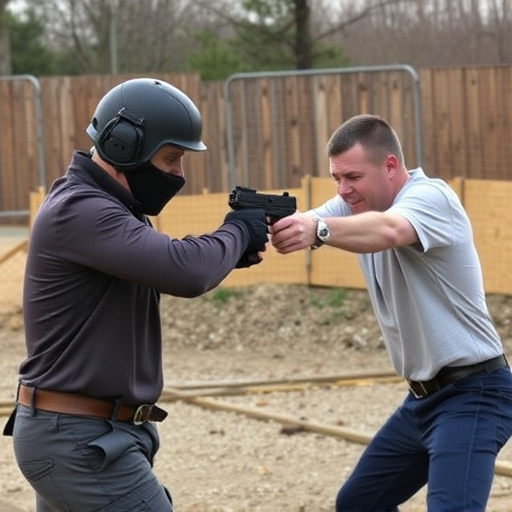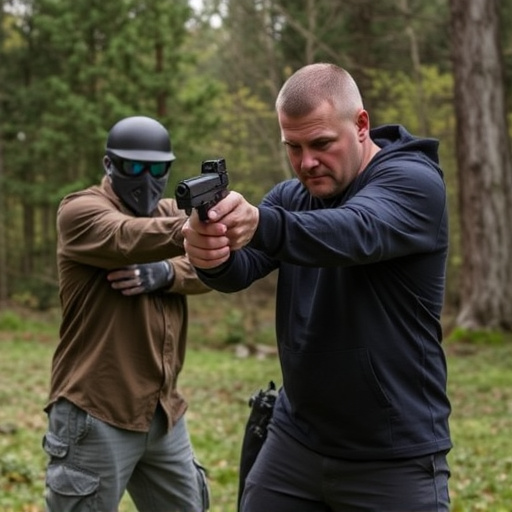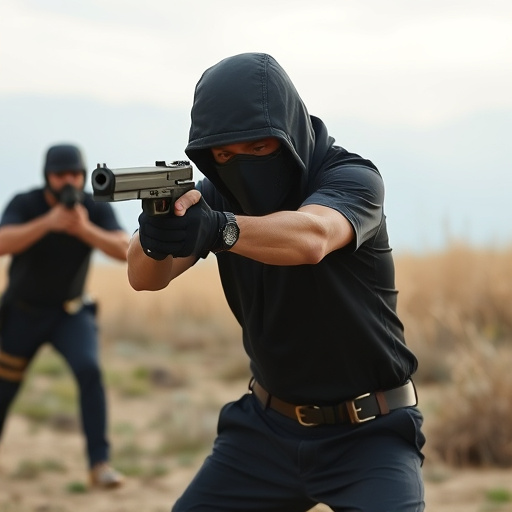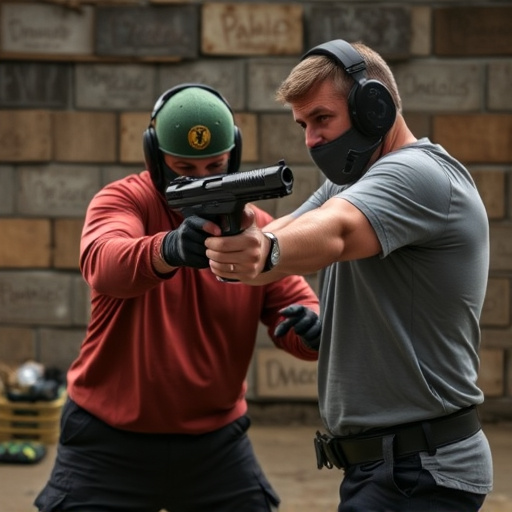Silent stun guns for discreet self-defense are non-lethal weapons that use electrical impulses to temporarily paralyze targets without drawing attention. Their effectiveness depends on voltage output, target area, user's build, and environmental conditions like temperature and humidity. These devices allow individuals to escape or seek help in high-risk situations while maintaining privacy and safety.
In today’s world, personal safety is paramount. Silent stun guns have emerged as a popular and effective tool for discreet self-defense, offering a non-lethal way to incapacitate assailants. This article delves into the duration of muscle incapacitation caused by stun guns, exploring factors like the device’s output and contact time. We also examine how these devices work and provide insights on choosing the right discrete self-defense options for enhanced safety.
- Understanding Stun Guns and Their Effects
- Factors Influencing Muscle Incapacitation Time
- Choosing Discreet Self-Defense Options for Safety
Understanding Stun Guns and Their Effects

Stun guns, often referred to as electronic control devices (ECDs), are non-lethal weapons designed to incapacitate individuals through electrical impulses. Unlike traditional firearms, stun guns emit a powerful electric current that disrupts muscle control in the target, causing temporary paralysis and sensory disruption. This effect is achieved without causing significant physical harm or permanent damage, making them popular choices for discreet self-defense options, particularly silent stun guns.
These devices operate by delivering a high-voltage, low-current electrical charge through metal prongs or probes that make contact with the target’s body. The intensity of the shock can vary from mild discomfort to severe muscle incapacitation, depending on the model and the duration of the contact. Understanding these mechanisms is crucial when considering stun guns as a personal defense mechanism, especially in situations where speed and discretion are paramount, such as with silent stun guns for discreet self-defense.
Factors Influencing Muscle Incapacitation Time

The duration of muscle incapacitation from a stun gun depends on several factors, making it an unpredictable aspect of self-defense. One key influencer is the power and voltage output of the device; higher levels typically result in longer durations of immobilization. Additionally, the specific target area plays a role—striking vital muscles or nerve clusters can lead to extended periods of paralysis.
Another significant factor is the user’s physical build and endurance. Larger individuals may experience shorter incapacitation times due to their higher muscle mass, while those with lower body fat could be more susceptible to prolonged effects. Moreover, environmental conditions like temperature and humidity can impact the gun’s performance, potentially affecting the length of muscle paralysis. For discreet self-defense, silent stun guns offer an advantage, as users can deploy them without attracting attention, but the underlying factors still dictate the outcome.
Choosing Discreet Self-Defense Options for Safety

Choosing a self-defense option is an important decision, especially when considering tools that provide a quiet yet powerful response. Silent stun guns, designed for discreet use, offer a non-lethal way to incapacitate an assailant while maintaining privacy and security. These devices are particularly appealing in situations where a loud alarm could attract unwanted attention or reveal your location.
Opting for a silent stun gun allows individuals to be prepared without compromising their safety or raising alarms. Their effectiveness lies in delivering a powerful electric shock, temporarily paralyzing the target, giving the user precious time to escape or seek help. This discreet approach to self-defense is ideal for personal safety, especially when navigating unfamiliar or high-risk environments.
Stun guns, particularly silent stun guns for discreet self-defense, offer a powerful tool for personal safety. Understanding the muscle incapacitation duration and factors influencing it is crucial. By choosing the right device and being aware of various influences, individuals can enhance their ability to defend themselves effectively while navigating potentially dangerous situations. Remember that proper training and discretion are key to ensuring these tools serve as reliable means of protection.
